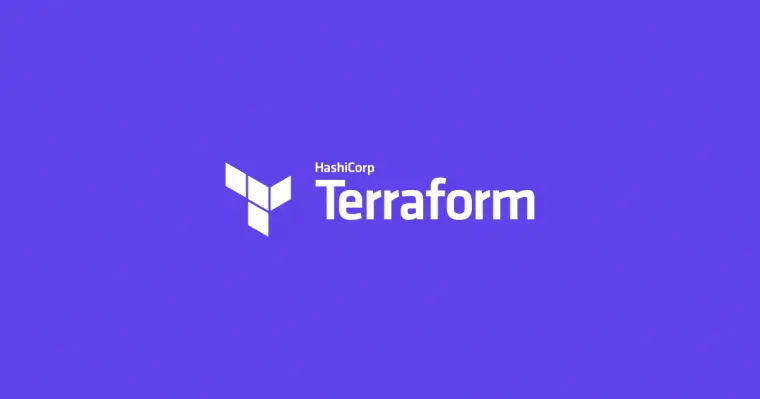Understanding Terraform and Key Concepts
 Harsh Soni
Harsh Soni
Terraform has become one of the most popular tools in the DevOps world for managing cloud infrastructure. Here’s a simple breakdown of some fundamental concepts related to Terraform and Infrastructure as Code (IaC).
Why do we use Terraform?
Terraform helps automate infrastructure provisioning and management using a declarative configuration language. It ensures consistency, eliminates manual errors, and simplifies scaling. For example, you can spin up multiple AWS instances with just a single command instead of creating them manually on the console.
What is Infrastructure as Code (IaC)?
IaC means managing your infrastructure (like servers, databases, and networks) using code rather than manual processes. Tools like Terraform and CloudFormation let you define infrastructure in files, making it easy to version control and reuse. Think of it as writing a script to build your home instead of laying every brick manually.
What is a Resource in Terraform?
A resource in Terraform is a single infrastructure component you want to manage, such as an AWS EC2 instance, an S3 bucket, or a Google Cloud storage bucket. For example:
resource "aws_instance" "example" {
ami = "ami-123456"
instance_type = "t2.micro"
}
This snippet creates a virtual server (EC2 instance) in AWS.
What is a Provider in Terraform?
A provider in Terraform is a plugin that lets Terraform communicate with cloud platforms or services like AWS, Azure, GCP, etc. For instance:
provider "aws" {
region = "us-east-1"
}
This tells Terraform to use AWS resources in the us-east-1 region.
What is a State File in Terraform? Why is it important?
The state file is a local or remote file that Terraform uses to store information about the current infrastructure. It tracks what resources Terraform manages, their attributes, and their relationships. Without it, Terraform wouldn’t know the current state of your infrastructure and would struggle to make accurate updates.
For example, if you have deployed an EC2 instance, Terraform uses the state file to check if it exists and what changes might be required.
What is Desired State vs. Current State?
Desired State: The infrastructure you want, as defined in your Terraform configuration files.
Current State: The actual state of your infrastructure, as tracked by the state file.
Terraform compares these two states. If there’s a difference, Terraform applies changes to make the current state match the desired state.
For instance, if you update your configuration to add a new EC2 instance, Terraform will notice it’s missing in the current state and create it.
Conclusion
Terraform simplifies infrastructure management by allowing you to define, deploy, and manage your resources as code. Key concepts like resources, providers, and the state file are essential to understanding how Terraform works. By mastering these, you can efficiently automate and manage your infrastructure, ensuring consistency and scalability in your projects.
Ready to dive deeper? Start with simple configurations, experiment with providers, and see how Terraform transforms your workflow! 🌟
Subscribe to my newsletter
Read articles from Harsh Soni directly inside your inbox. Subscribe to the newsletter, and don't miss out.
Written by

Harsh Soni
Harsh Soni
👋 Hello! I'm Harsh, a DevOps enthusiast driven by a passion for continuous learning and innovation. With hands-on experience across cloud platforms, infrastructure tools, and programming languages, I'm committed to creating scalable, automated, and efficient solutions. Let’s connect, share knowledge, and build amazing things together! SKILLS: 🔹Languages & Runtimes: Python, C#, Shell Scripting, YAML 🔹Cloud Expertise: AWS (proficient in EC2, ELB, EBS, S3, VPC, Route53, SES, SNS, CloudFormation, CloudWatch) 🔹Infrastructure & DevOps Tools: Docker, Terraform, AWS CloudFormation 🔹Development & CI/CD: Linux, Git, GitHub Actions, Jenkins, Jira, GitLab (beginner), AWS DevOps 🔹Web Development: HTML, CSS, Bootstrap, .NET, Python, SQL Why Connect with Me? I'm a detail-oriented professional with strong communication skills, always ready to tackle complex problems with a positive mindset. Whether you’re here to network or explore potential collaborations, feel free to reach out. Let’s grow together in the DevOps journey! 📧 Contact Me: harshsoni6011@gmail.com